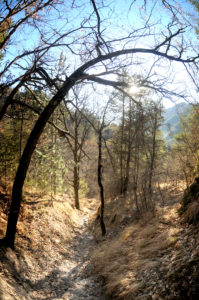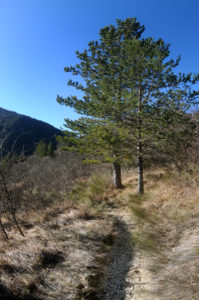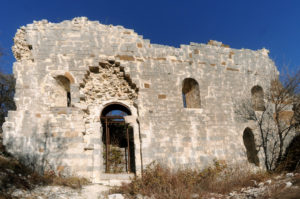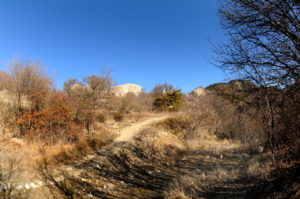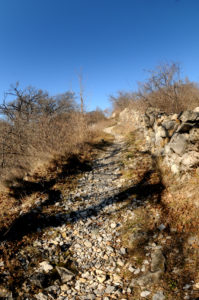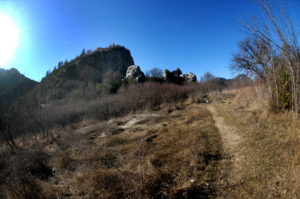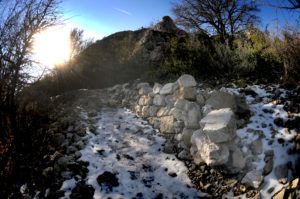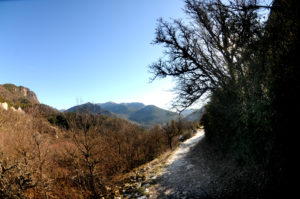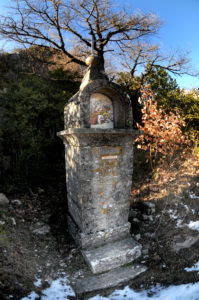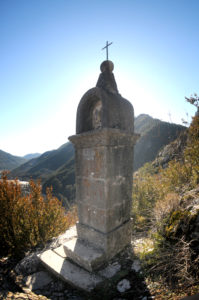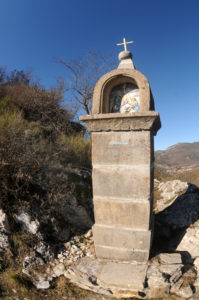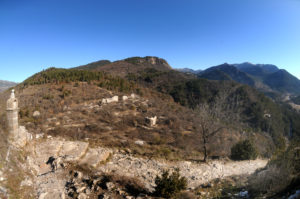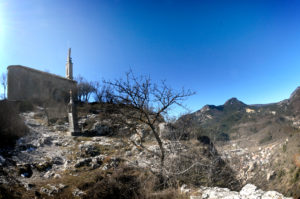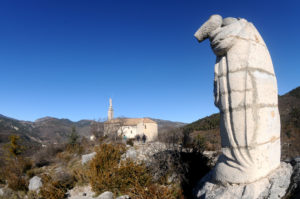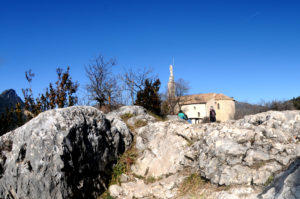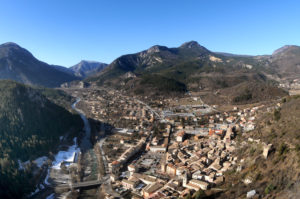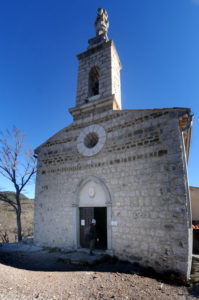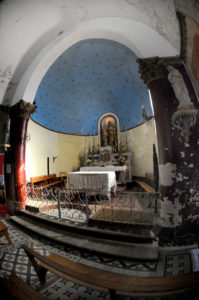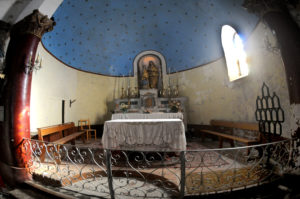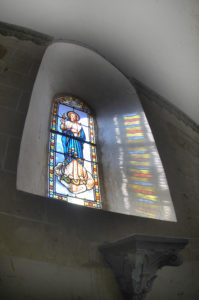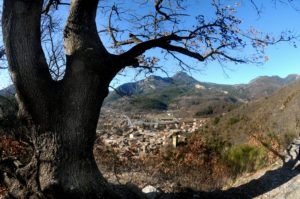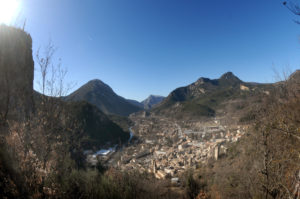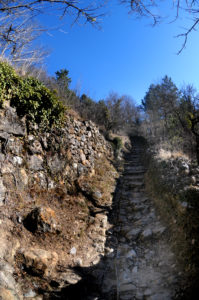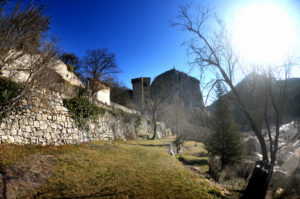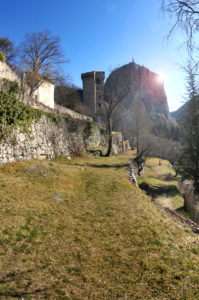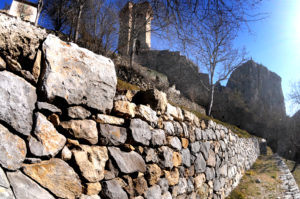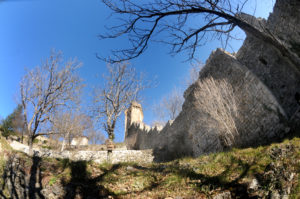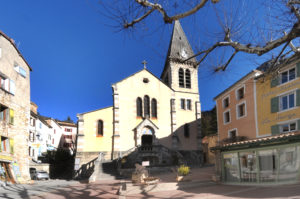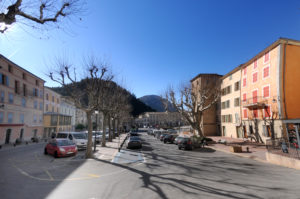Notre-Dame du Roc chapel has dominated Castellane and the Verdon valley since the 12th century. It can be reached from the town centre via the Roc footpath (30-minute walk). There are two orientation tables near the chapel.
According to historians, the Notre-Dame-du-Roc chapel dates back to the 9th or 11th century, but the oldest parts of the current chapel date back to the 12th century at the earliest. In any case, it would have been associated with Aldebert I's castle and would have been reserved for the use of the baron and the inhabitants of the fortified castle, with religious services provided by a monk from Saint-Victor Abbey in Marseille. It is not known whether the church was maintained or destroyed in 1483, when King Louis XI ordered the demolition of the fortified castle. Some historians claim that the chapel was preserved and established as a commendation, while others suggest that it was destroyed.
The chapel was rebuilt in 1590, after the devastation caused by the Hugenots, who left part of the apse and almost the entire southern wall.
On 3 January 1663, the convent of the Fathers of Mercy was founded in the church of Notre-Dame-du-Roc. But in 1672, the monks, feeling too isolated, had their new home built further down on the city walls. However, the chapel did not last more than a century and fell into ruin in 1703. It was decided to rebuild it in 1775. Joseph Feraud, one of a line of well-known architects from Castellane, was commissioned to carry out the reconstruction, which mainly involved repairs to the apse, the sacristy and the roof.
The chapel was rebuilt once more in 1861. A project for a new bell tower, dating from 1866, seems to have come to nothing. The wall-belfry that still exists today does not have the same shape as the one shown in these drawings. Two works of art dated 1870 suggest that the current bell tower-wall was built on or shortly after this date: a painting preserved inside the church showing a procession scene in which the chapel is still depicted without a bell tower, and the statue of the Virgin and Child still topping the bell tower-wall. The western facade must have been altered around the same time. Two postcards dated between 1908 and 1910 show the construction of the awning adjoining the sacristy, as well as a lean-to, of which nothing remains today.
source : https://www.tourisme-alpes-haute-provence.com/patrimoine-culturel/castellane/apidae-chapelle-notre-dame-du-roc-4774484/
